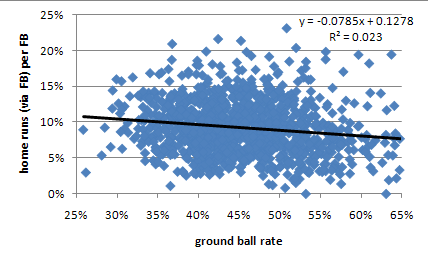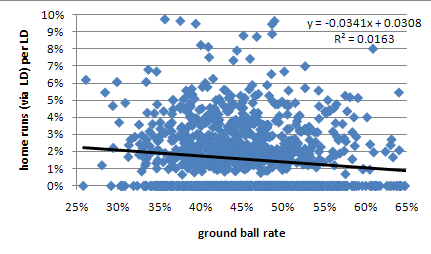Joe Mauer’s Deal Finally Finalized
Worry no more Minnesota fans; a soothing balm to news on Joe Nathan’s season-ending surgery has quickly arrived. According to sources, Joe Mauer has done what we mostly all expected and come to an extension agreement. There had been progress toward this all winter and while I am sure the news today bums out fans in New York and Boston, they should not be surprised.
At least, the idea that Joe Mauer is staying in Minnesota should not surprise them. What they, along with everyone else, might be surprised about is for how long. Though an ultimately bogus lead earlier in the off season had Mauer signing a ten-year contract, today’s announcement of an eight-year, $184 million deal is still an incredibly big one. Beginning in 2011 and covering only what would have been free agent years, Mauer averages $23 million per season through 2018, covering his age 28 through 35 seasons.
Mauer was worth an incredible eight wins last year even without any credit for his defense, which most regard as above average. Both CHONE and the Fans expect Mauer to be worth 7.3 wins this coming season, though I am skeptical that he maintains such a high value as a hitter while also catching as often as the projection systems have him doing. Mauer spent 109 games at catcher last season and 28 at designated hitter and I think that’s a roughly fair expectation for him in the future as well. You should always strive to be conservative when it comes to catchers.
Overall, I think a 6.5-win projection is a little more realistic for Mauer, a total that even with the recently depressed market, surpasses his AAV salary. In the short term, this deal is fair to both sides. Where it might get dicey is down the line when Mauer reaches his mid-30s. I don’t think him staying at catcher is needed for this to work out though. Mauer’s bat is good enough to stand a move to first base and he would benefit from a likely increase in playing time. My concern is simply that for being on the hook for eight years and giving him a full no trade clause, I feel the Twins should have gotten a bit more of a discount.
The general rule is that long term contracts get about a 10% discount for compounding injury risk. If you apply that here, Mauer’s $23 million per year acts more like $25.5 million in valuation, a figure that would require him to maintain a 6-win pace for the duration of his contract. Can he do that? Sure. He might even exceed it, but the downside outstrips the upside here. That’s only a nitpick though and it might turn out that some of that money is deferred. In the end, if Minnesota had to cover a few extra million in order to keep Mauer in the Twin Cities, it’s going to be worth it to them from a PR perspective and it’s great for baseball that such a star is staying in his home organization.









